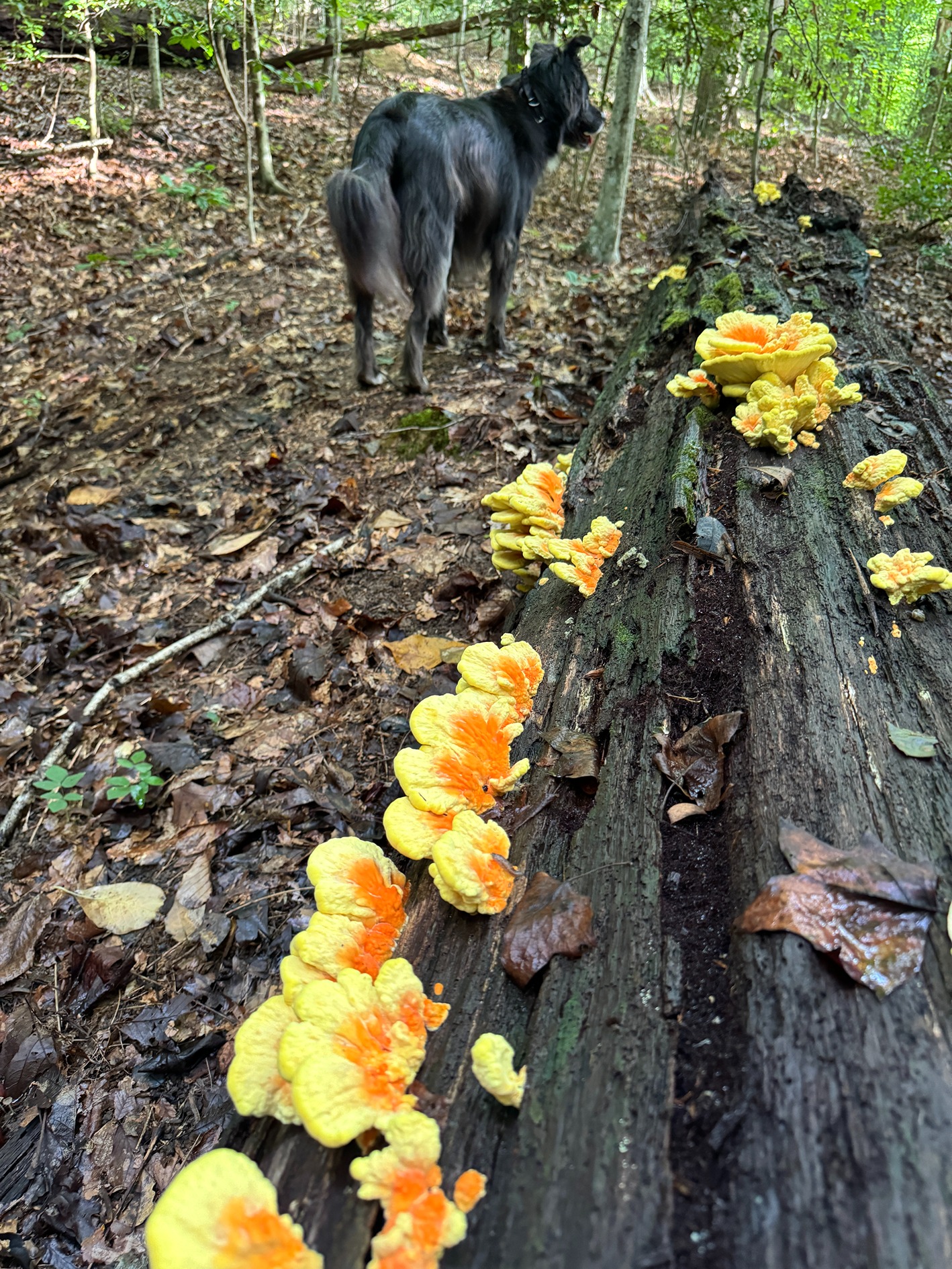The Scientist Who Shoots Trees to Study How They Migrate

In Black Rock Forest, just north of New York City, Angie Patterson aims a shotgun at a northern red oak tree. Patterson is a plant ecophysiologist, and the leaves that she’s shooting out of the canopy will give her data to understand how and why trees migrate.
Trees have been on the move since at least the last ice age. As their native habitats become inhospitable, tree ranges shift, slowly, to areas they can thrive. But climate change is disrupting the process, scientists say. As of 2019, the IUCN Red List categorized more than 20,000 tree species as threatened, and upward of 1,400 as critically endangered.
As scientists scramble to learn more about what drives tree migration, others are planning for the future. To preserve biodiversity, both citizens and researchers are employing interventionist tactics once steeped in controversy like “assisted migration” — taking tree seedlings and planting them in new locations. Rising global temperatures may force wildlife agencies and forest managers to decide what to save and what to leave behind.
Click here to keep reading…



